How Blacksmiths Forged a Powerful Status Across the Continent of Africa
Iron tools, weapons, musical instruments and sculptures tell a tale of centuries of the craft’s influence
/https://tf-cmsv2-smithsonianmag-media.s3.amazonaws.com/filer/f9/c2/f9c2bcc7-2c77-4ed1-879c-516962bd44bd/tom-joyce-kao-kossi-forge-tchare-togo-9.jpg)
The history of the African continent—its wealth and politics—were forged on an anvil, says the Smithsonian’s Gus Casely-Hayford. “It’s one of those materials that, perhaps other than plastic, cannot be rivaled for its ubiquity, its diversity, for its complexity, for the breadth of its functionality and its application. It’s a glorious way to tell the story of the African continent, across time and geography.”
A ritual staff, for example, from the Ekonda peoples of the Democratic Republic of the Congo has the edges and curlicues that make it a striking and somehow modernist artifact of its own. A smaller knife from the same area by the Central Pende peoples, depicts a character carved in wood whose tongue is the blade, suggesting that language can be sharp and cutting. There are fanciful-looking sculptures in iron depicting lightning streaking across the sky, as in a vessel by the Mumuye peoples of Nigeria. But it too, has an agricultural function: rainmaking.
The new exhibition, “Striking Iron: The Art of African Blacksmith,” featuring these and other craftworks and now on view at the National Museum of African Art doesn’t just begin with the first smelting and forging on the African continent more than 2,500 years ago. Instead, it steps way, way back—more than 10 billion years—when exploding stars first sent iron through the cosmos, engraining itself not just in our planet’s crust, but in our very beings, with the iron that makes our blood red.
Red, too, are the centers of the African blacksmith’s forges that produced the 225 pieces in “Striking Iron,” a show that was decades in the making.
That kind of framing, with licks of solar flares and tumbling hemoglobin on huge video screens heralding the exhibition entrance, may be due to having an artist and sculptor as lead curator. “Understanding iron in our world on both the micro and macro scale is key,” says Tom Joyce, who learned blacksmithing at the age of 13 and is now a renowned sculptor and MacArthur Fellow.
Joyce spent years helping to amass the 225 objects in the show—works that were borrowed from 49 U.S. and European public and private collections and that represent more than 100 ethnic groups across 19 African countries, mostly south of the Sahara.
Most of the objects were made in the 19th and 20th century but draw on centuries of old methods that predate in many ways the blacksmithing processes in the West and still continue in much the same manner in countries where blacksmiths are still held in high regard.
Earlier objects were difficult to acquire, says co-curator Marla C. Berns, director of the Fowler Museum, where the show was first organized. “There are some that exist in collections, but they’re quite fragmentary and precious and fragile, so they’re difficult to incorporate into the exhibition.”
Still, Casely-Hayford, director of the African Art Museum, calls the show the “most comprehensive treatment of the blacksmith’s arts of Africa to date.”
The works in “Striking iron” are quite artful in design, from the flat basalt that is part of the blacksmith’s tools to the distinctive curves of blades and hoes they devised.
Not only were the forged tools and weaponry revolutionary in helping countries grow and thrive, the material itself seemed to gain additional power from each of its uses. Tools that were at the end of their life would be melted down and made into new items that were thought to retain the power accrued from the previous use.
African smelters were ingenious in devising furnaces that delivered the very precise temperatures required to derive iron from the raw ore. “It’s not just high temperature,” Joyce says. “it’s a very, very narrow range, 1150° C to 1200° C. You can’t go too high and you can’t go too low. They were an expert at doing that, and they did it in a variety of smelting furnaces.”
One type included a bellows system fashioned from leather, clay or wood that was designed to preheat air, which Joyce says was developed in Africa “long before European and American equivalents were invented that eventually ushered in the Industrial Revolution of the late 18th and early 19th centuries.”
Tools, too, were quite innovative. While the basalt they used seemed stone age, it was actually a better material to use than metal that would suck heat out of the glowing red hot iron as they were working. The stone was carved, too, to accommodate the shapes being hammered while the metal was hot.
Although bits of iron are incorporated into figures to show power, very little of the iron is used for purely decorative purposes. Delicately created tableaus are meant to show iron’s power in divining and healing. A striking two-foot tall Yorùbá work of 16 birds around a staff is meant to emulate the deity of medicine Osanyin.
The blacksmith’s skills across Africa grew such that the well-balanced throwing knives became not weapons but literal currency. Such oshele, as they were called, were prized processions of the Ndengese and Nkutshu elite of the Congo for their smooth, expert tapering.
Iron that has been turned into musical instruments, from bells, rasps and rattles to lamellophones, otherwise known as mbiras or thumb pianos, close out the exhibition on a high note. But those, too, often had a functional intent, Berns says: “Sound is central to its activation and calling of the spirits.”
Joyce, for his part traveled to Mali, Burkina Faso, Ghana, Togo and the Republic of Bénin to conduct research and film a half-dozen videos that accompany the show.
“When I went to Africa for the first of many research trips there,” Joyce says, “the first thing the smiths looked for were scars on my hands where they could see specs of many hours and years of working.” Such is the telltale sign of a blacksmith. “As soon as we got over that threshold there was a welcoming and an exchange of ideas that speak the same idea of iron working,” he said.
Blacksmiths were held in high regard in Africa, and sometimes even associated with kings, as they were among the Luba people of the Congo, Joyce says.
The one big addition at the Smithsonian, to go along with the cosmic display at the start of the exhibition, is the inclusion of specimens of meteoric iron borrowed from the nearby National Museum of Natural History.
It was “just for fun,” museum deputy director Christine Mullen Kreamer says. “There was no meteoric iron used in ‘Striking Iron,’” she says, “but we know for our general visitors, they’re going to be fascinated by this story too. So, we wanted to bring in some really cool meteorites and one camel charm from Egypt made from meteoric iron.”
“Striking Iron: The Art of African Blacksmiths,” organized by the Fowler Museum at UCLA, continues through October 20 at the Smithsonian’s National Museum of African Art in Washington, D.C. The exhibition will then travel to the Musée du quai Branly-Jacques Chirac in Paris from November 2019 to March 2020.
/https://tf-cmsv2-smithsonianmag-media.s3.amazonaws.com/accounts/headshot/RogerCatlin_thumbnail.png)


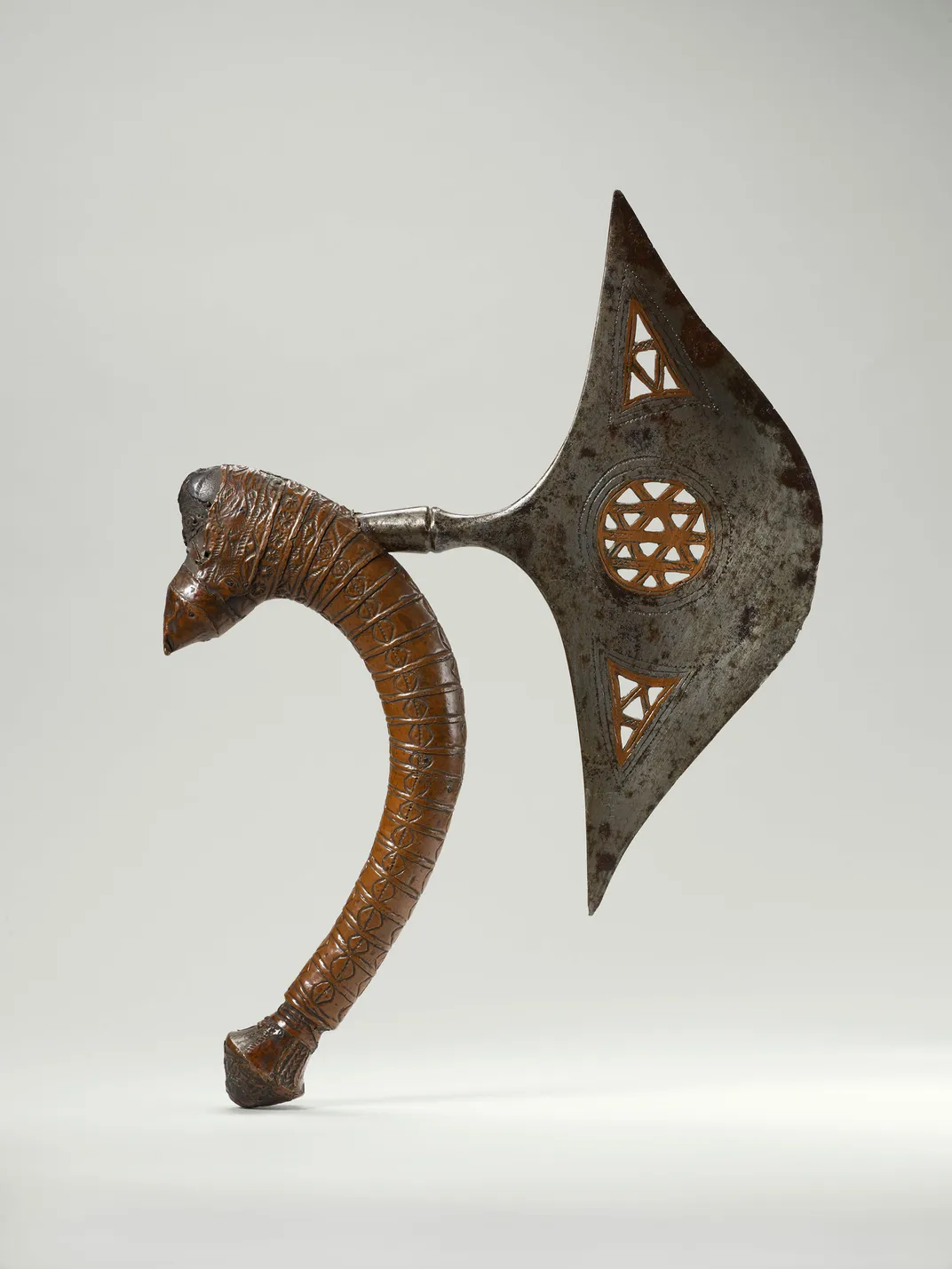
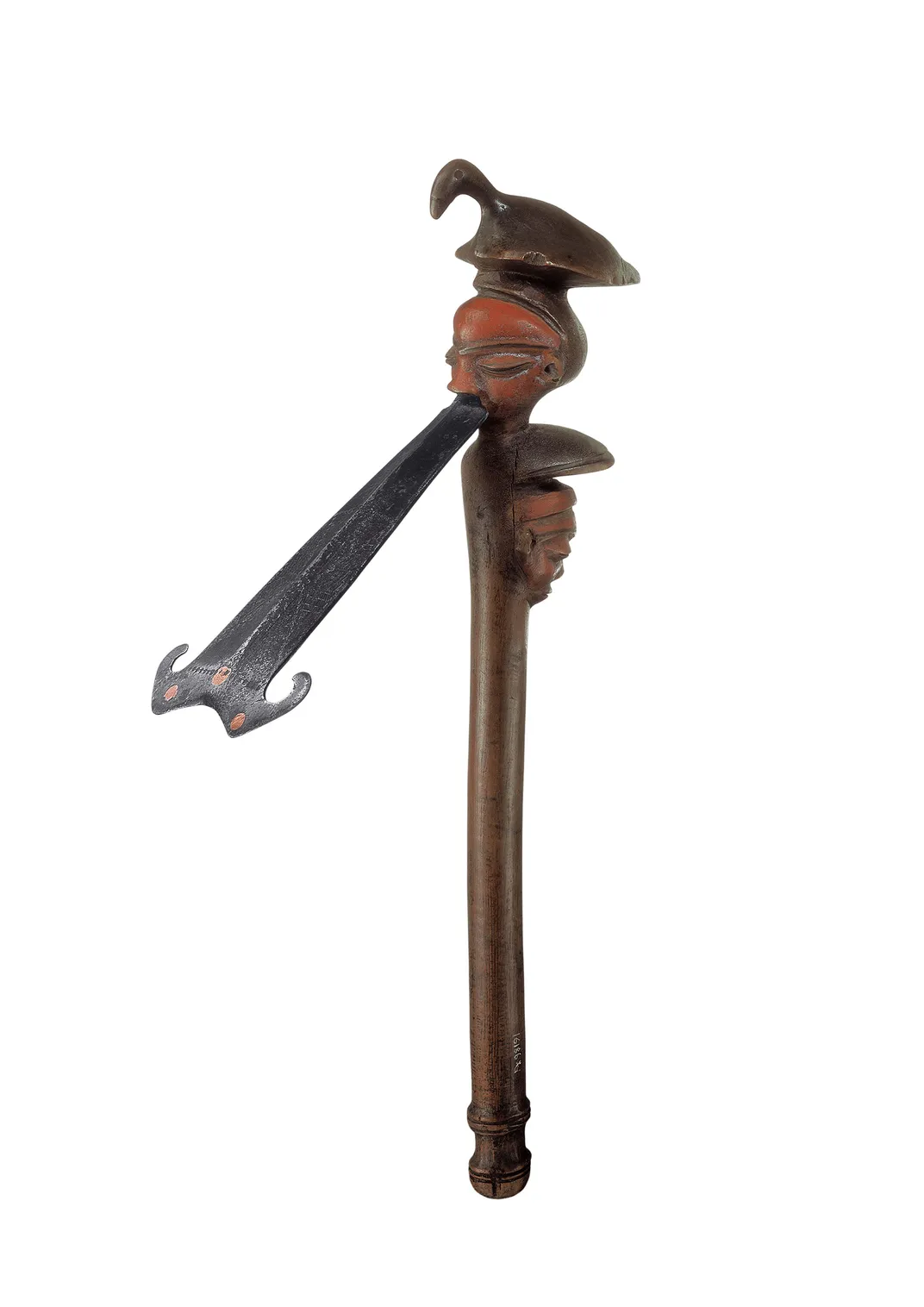
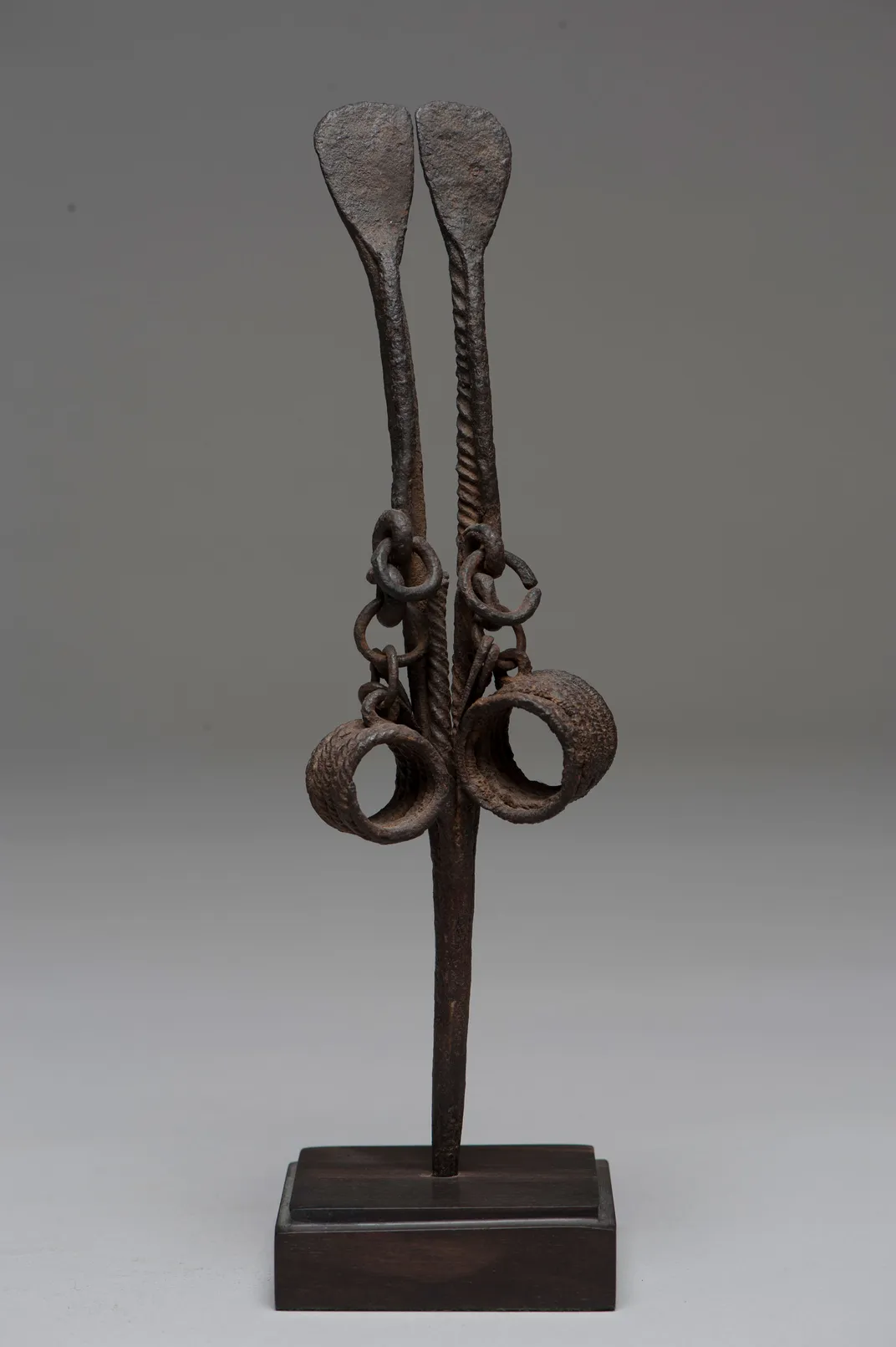
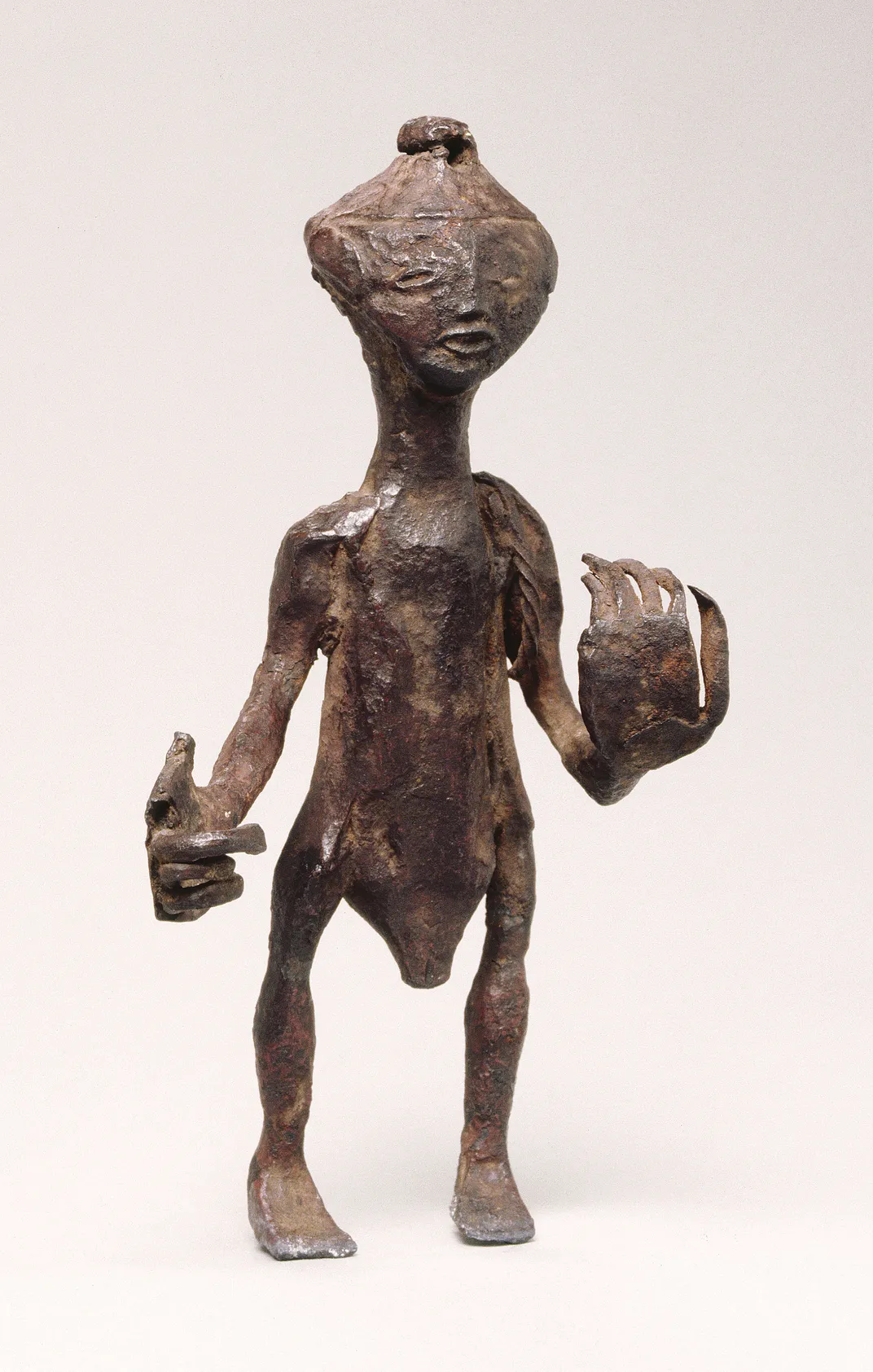
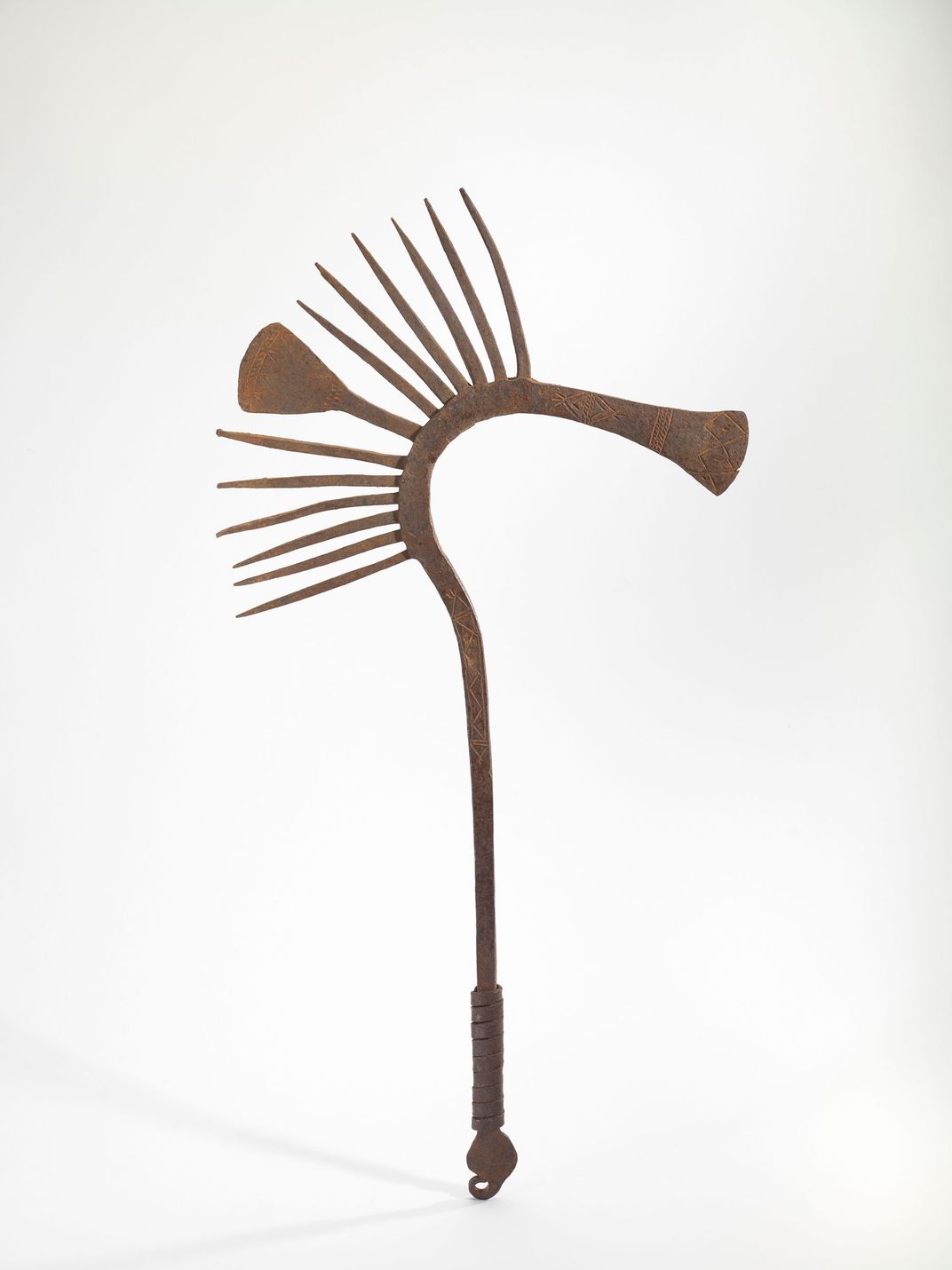
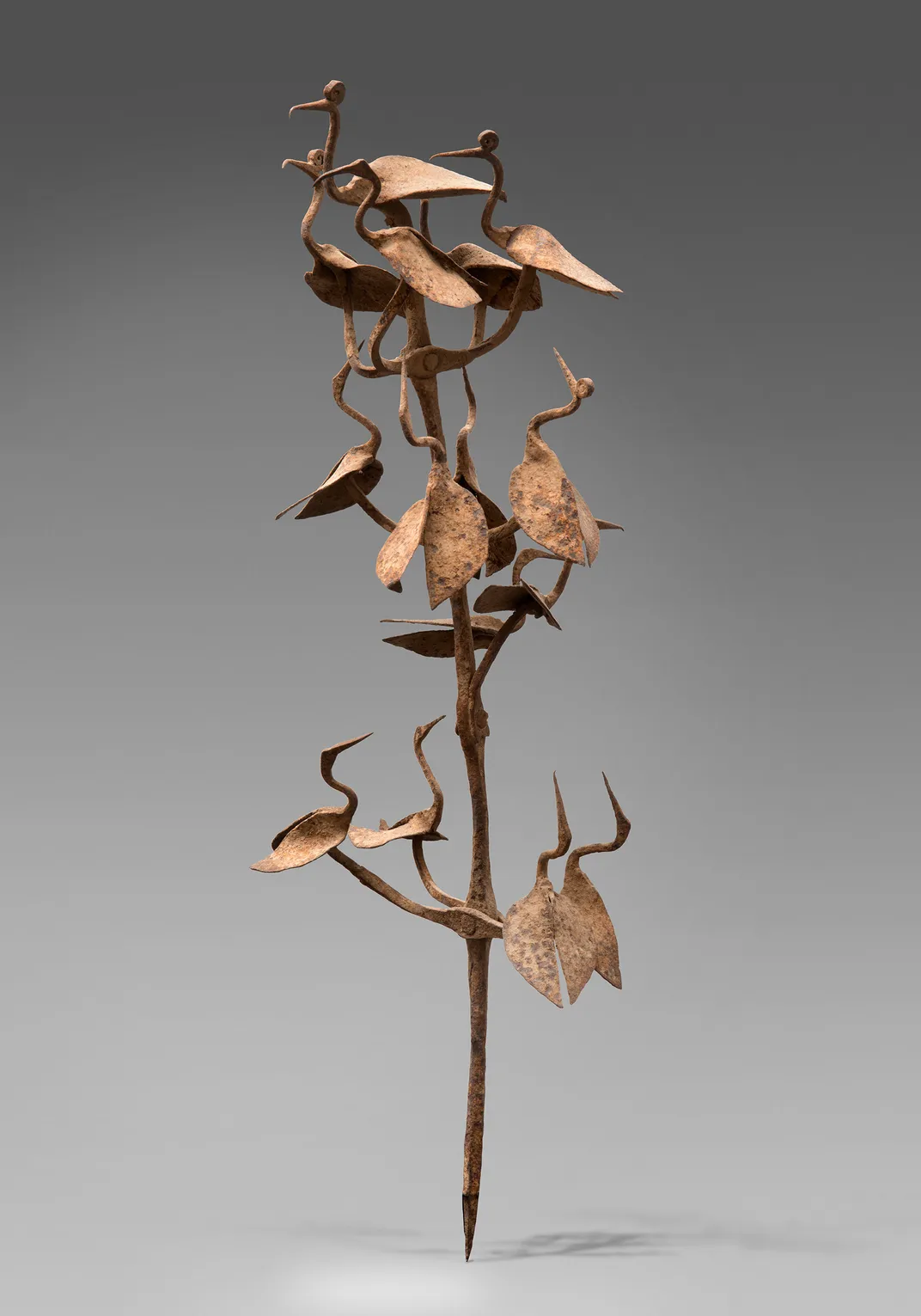
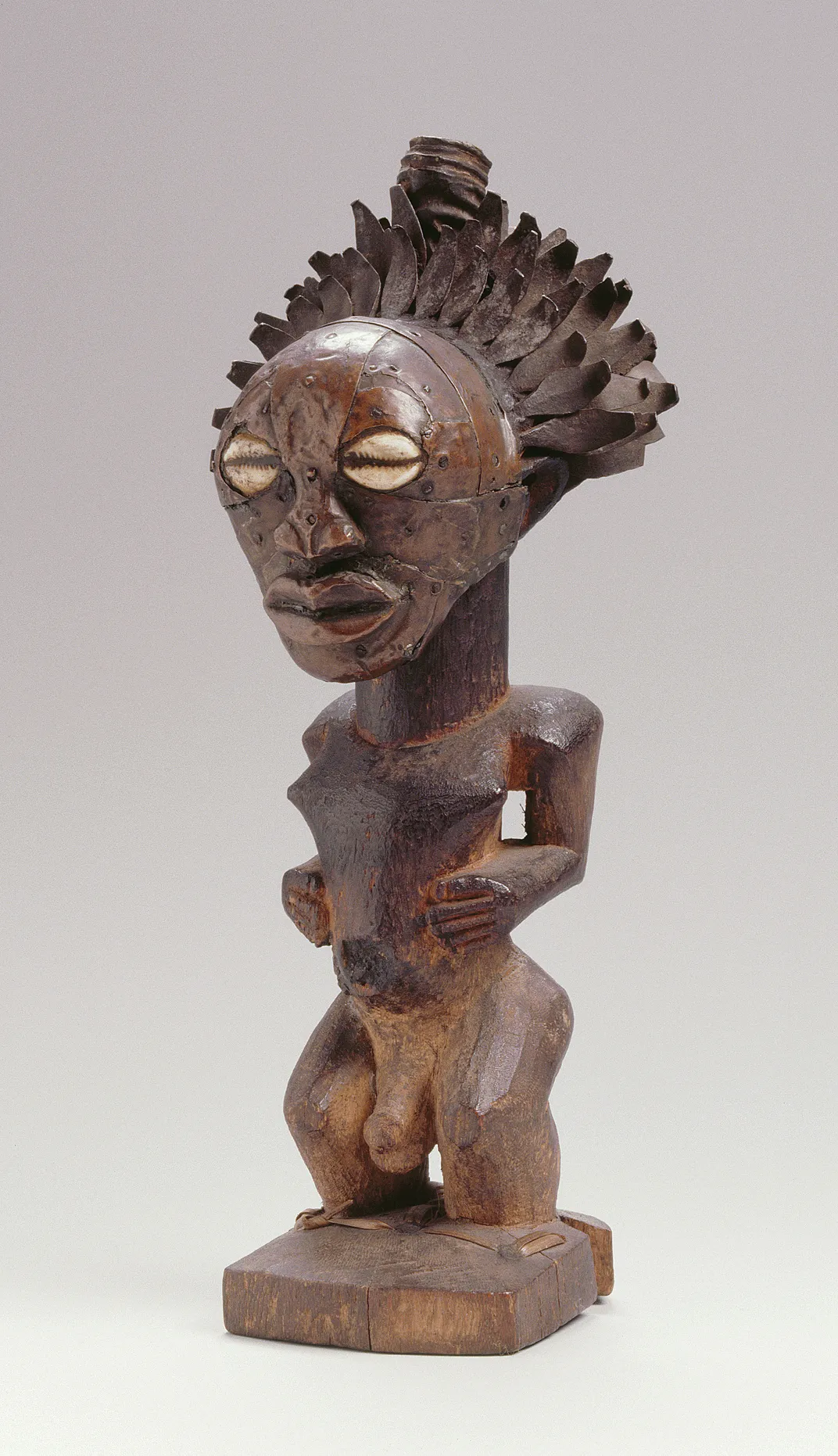
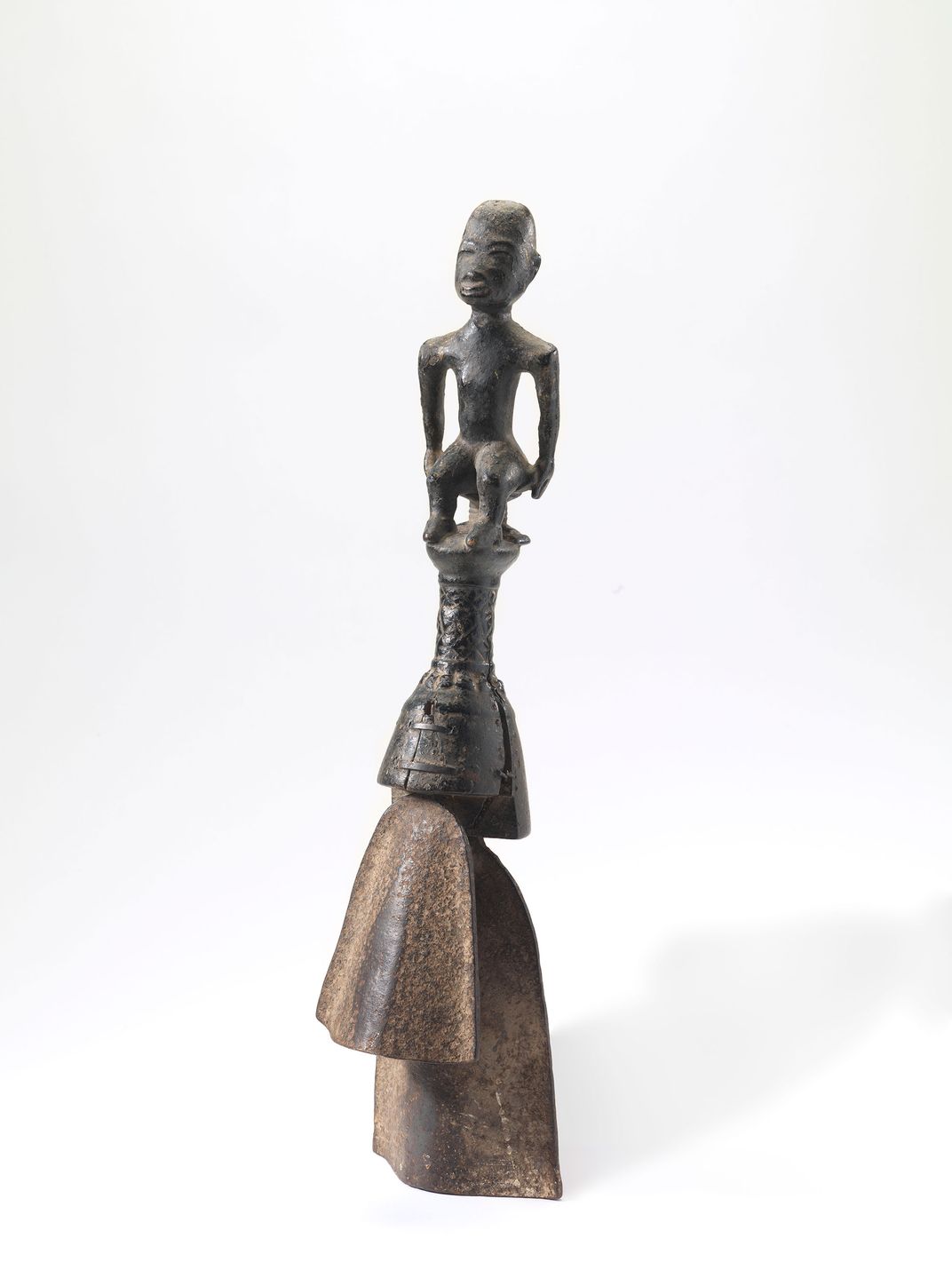
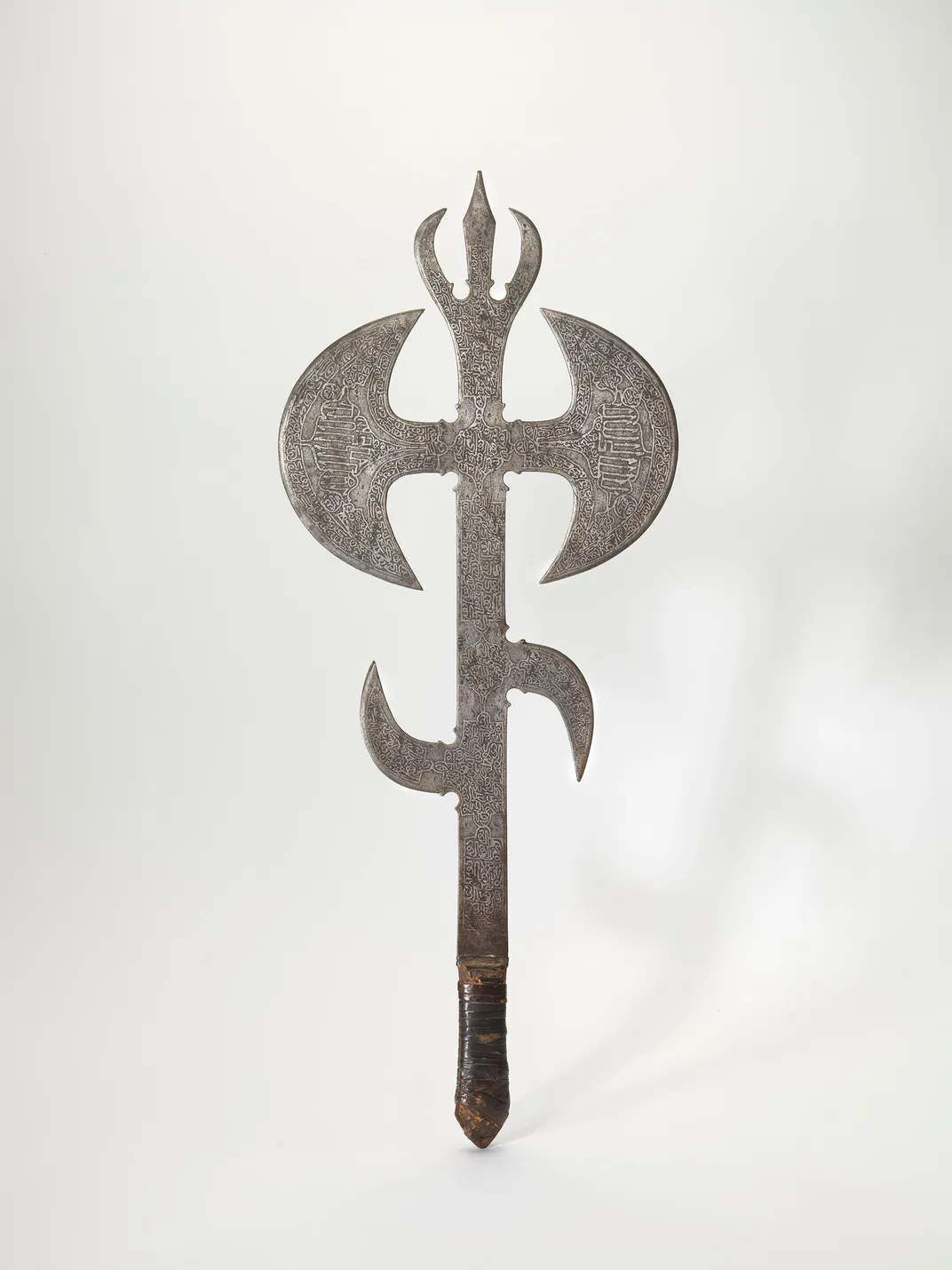
/https://tf-cmsv2-smithsonianmag-media.s3.amazonaws.com/filer/8f/3e/8f3ec9b9-2443-4b47-8605-fe74a5def8ae/6cmangbetusickle.jpg)
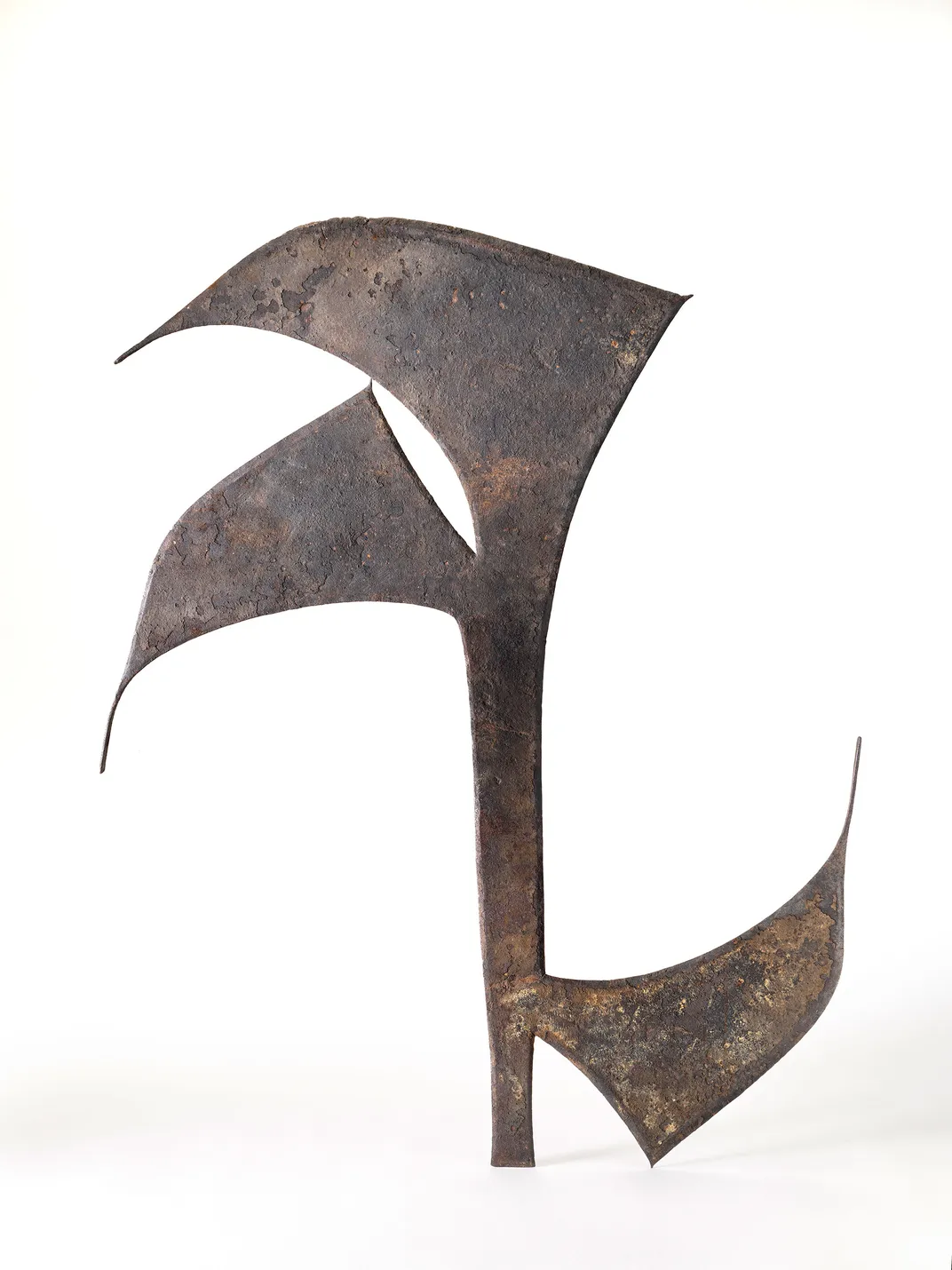
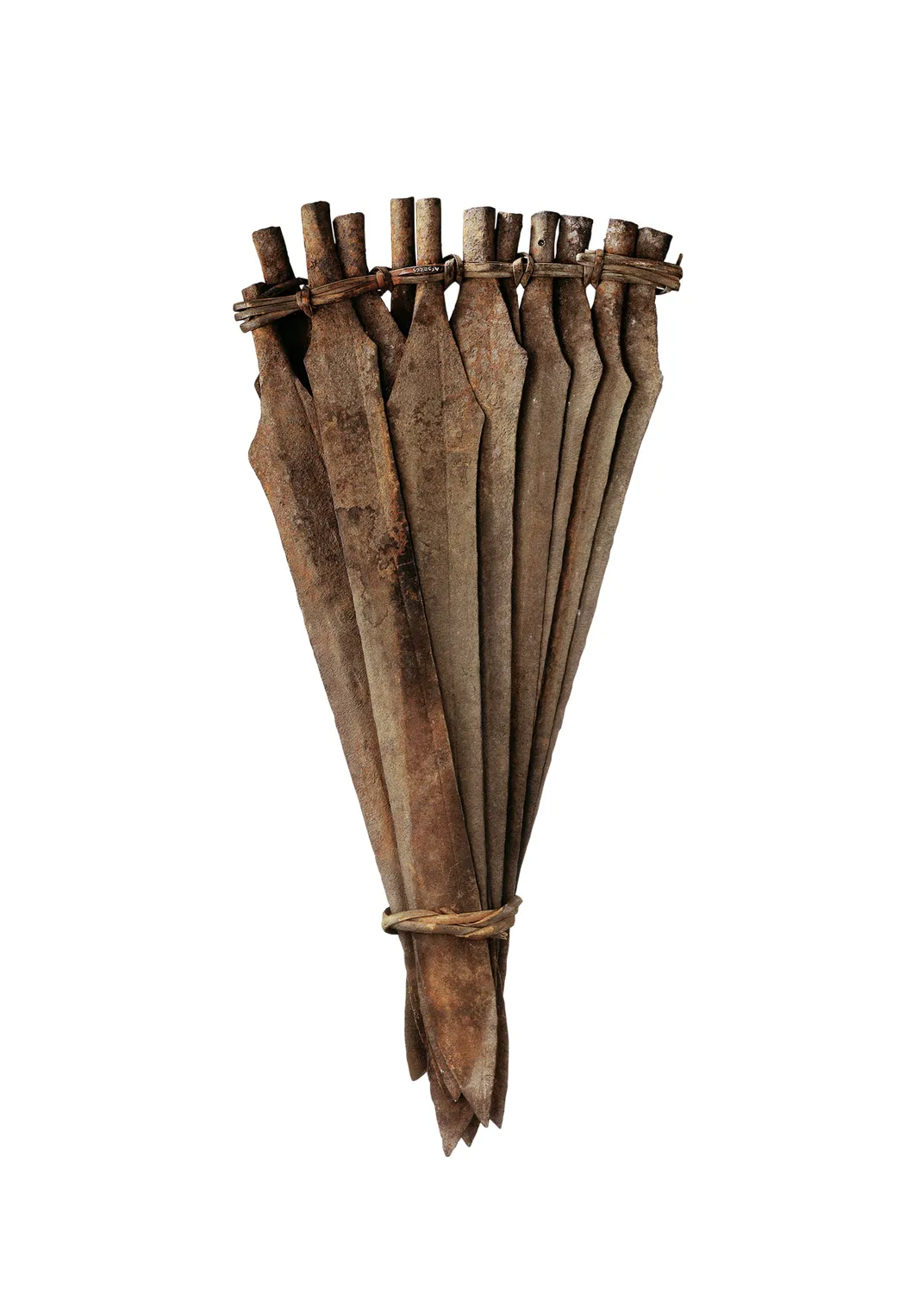
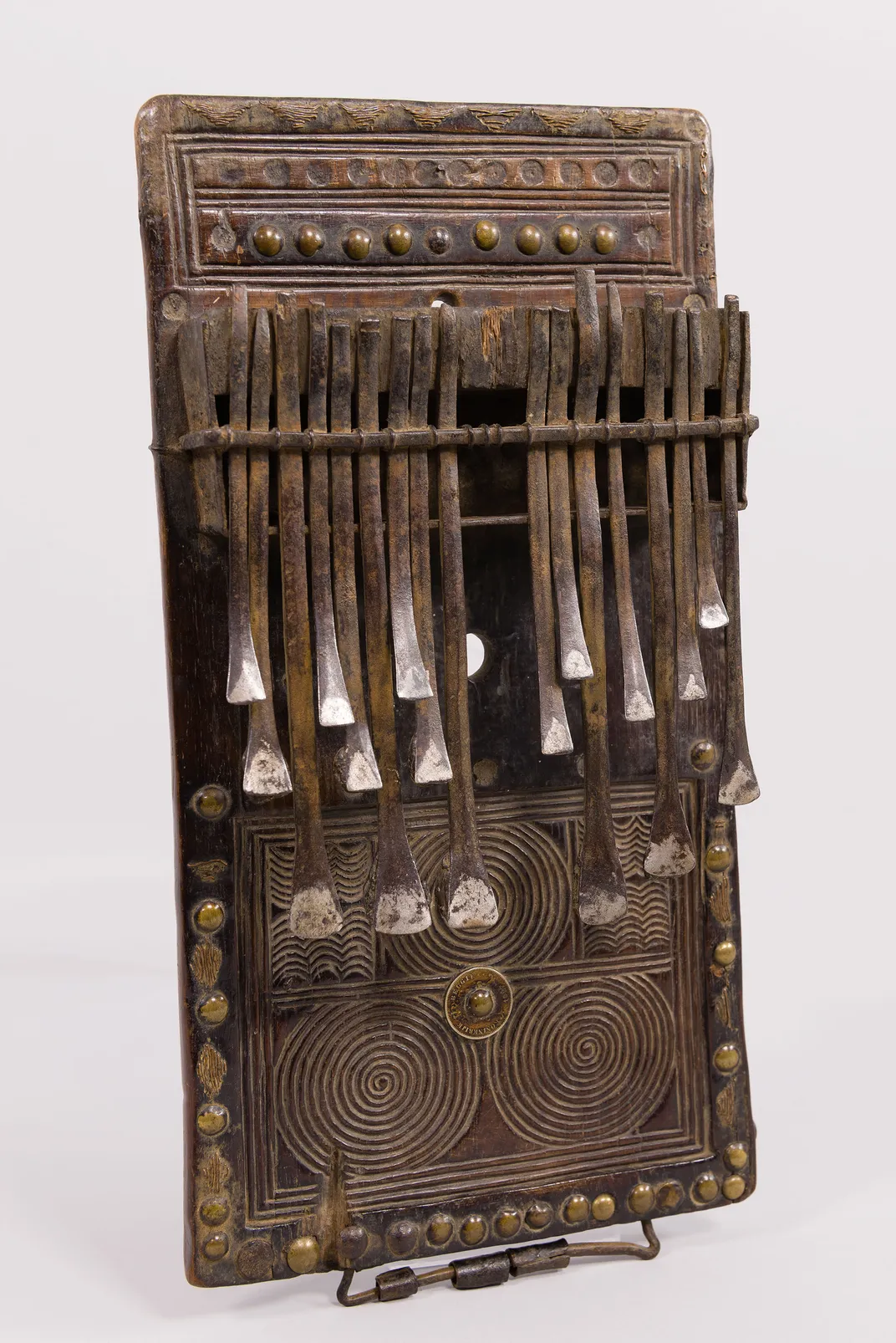
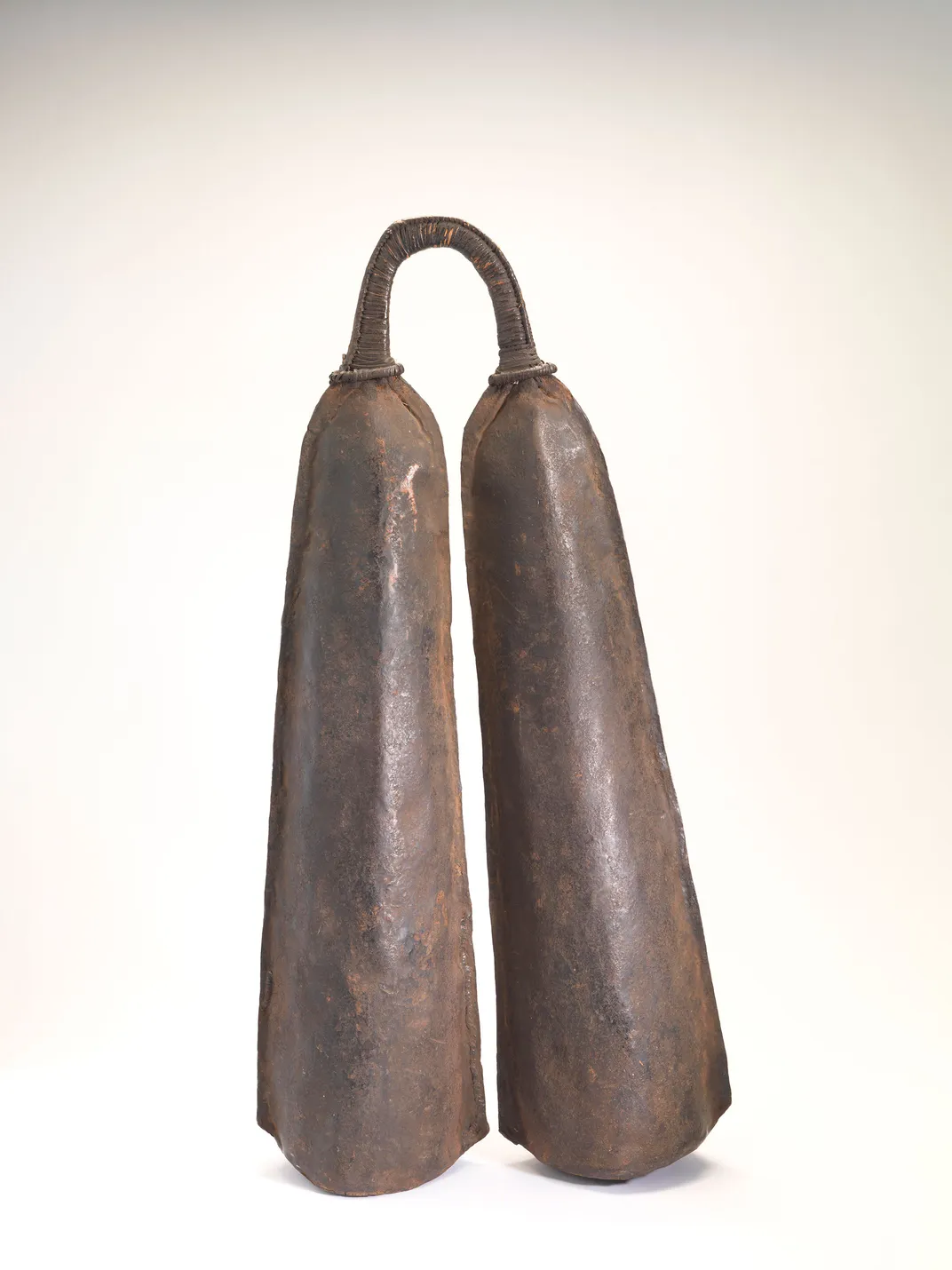
/https://tf-cmsv2-smithsonianmag-media.s3.amazonaws.com/accounts/headshot/RogerCatlin_thumbnail.png)